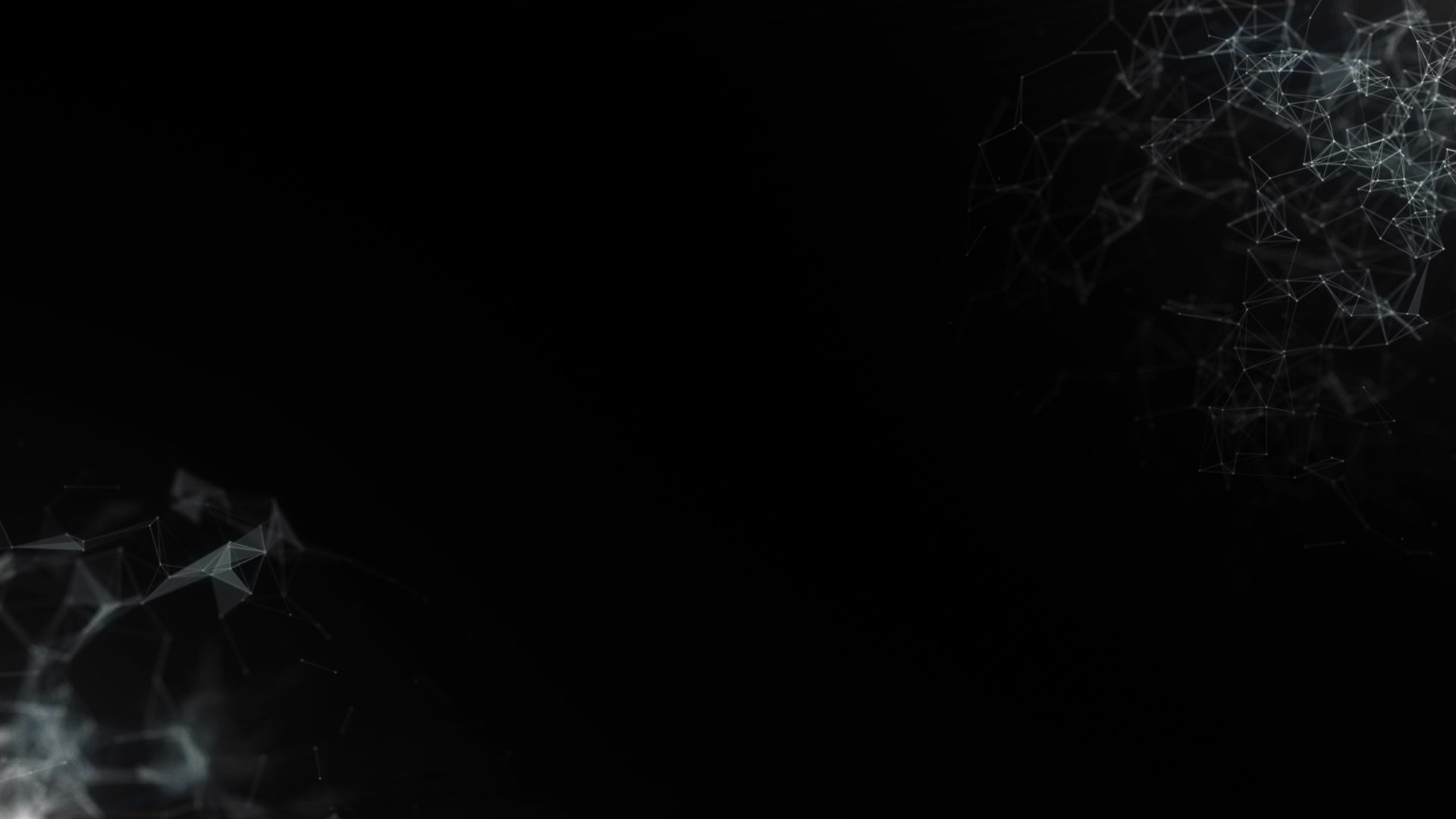
Khazan, Olga. “This App Reads Your Emotions on Your Face.” The Atlantic, Atlantic Media Company, 15 Jan. 2014, www.theatlantic.com/technology/archive/2014/01/this-app- reads-your-emotions-on-your-face/282993/.
Khazan, Olga. “This App Reads Your Emotions on Your Face.” The Atlantic, Atlantic Media Company, 15 Jan. 2014, www.theatlantic.com/technology/archive/2014/01/this-app- reads-your-emotions-on-your-face/282993/.
Present
Technology
Current method of diagnosis for those with mental health related disorders is in a proactive sense, usually involving taking the victim to a health specialist in order to prevent episodes from happening again. There are no resources for people that must help others with mental health episodes and have no training to do so; often the victim is a loved one, student, or friend.
Emotion as a Service reads videos of people and gives back an emotional metric. Similar to what we need, but directed to the analysis of emotions.
“Emotion as a Service.” Affectiva, www.affectiva.com/product/emotion-as-a-service/.
Norwegian scientist Audun Øygard created an app called ‘clmtrackr’ that uses 70 different points that track parts of the user’s face to determine emotions.
The current (physical) database used by health professionals is the DSM-5: “The Diagnostic and Statistical Manual of Mental Disorders (DSM–5) is the product of more than 10 years of effort by hundreds of international experts in all aspects of mental health. Their dedication and hard work have yielded an authoritative volume that defines and classifies mental disorders in order to improve diagnosis, treatment, and research.” (American Psychiatric Association)
Khazan, Olga. “This App Reads Your Emotions on Your Face.” The Atlantic, Atlantic Media Company, 15 Jan. 2014, www.theatlantic.com/technology/archive/2014/01/this-app- reads-your-emotions-on-your-face/282993/.
However, there is a lack of efficacy in the Facial Recognition technology to be usable to make mental health decision for people of different origins, cultural and racial background, and those undergoing any mental health episode. In addition, our ETM would use facial technology to detect symptoms of varying conditions not immediately visible to the average person: for example, signs of restlessness or agitation. The final version of our ETM would also have to be tried, tested, and as foolproof as possible- so that misdiagnoses and mistakes are not made in the field.
‘Ellie’, a program that acts as a mobile therapist by asking the user questions and recording their facial expressions and body language, was designed by the USC Institute. Its intention is to detect symptoms of PTSD and depression and react accordingly.
“Virtual Humans Inspire Patients to Open up, USC Study Suggests.” USC News, 10 July 2014, news.usc.edu/65051/patients-are- more-willing-to-confide-in-computers-not-doctors-usc-study- suggests/.


